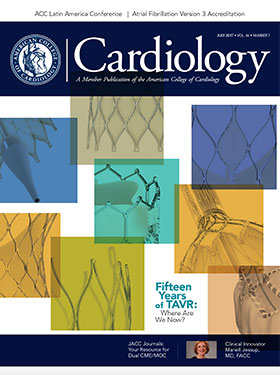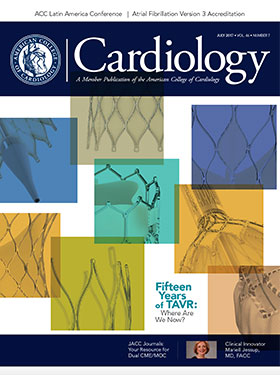Trends in cardiovascular mortality across U.S. counties have changed significantly from 1980 to 2014, with substantial variations across counties for ischemic disease and stroke mortality rates, according to a study published in the Journal of the American Medical Association.
Cardiovascular disease remains the leading cause of death in the U.S., although mortality rates dropped 50.2 percent between 1980 and 2014. In 2014, cardiovascular disease was the cause of more than 846,000 deaths and 11.7 million years of life lost. Between 1980 and 2014, the difference in cardiovascular mortality rates between counties at the 10th and 90th percentile (accounting for population age differences) dropped 14.6 percent.
In 2014, counties in the 90th percentile for ischemic heart disease mortalities had twice as many deaths as counties in the 10th percentile. Counties in the 90th percentile for cerebrovascular disease mortalities had 1.7-times as many deaths as counties in the 10th percentile.
The greatest concentration of counties with high cardiovascular disease mortality in 2014 spanned southeastern Oklahoma along the Mississippi River Valley, to eastern Kentucky. However, specific cardiovascular disease conditions were clustered elsewhere, including atrial fibrillation in the Northwest, aortic aneurysm in the Midwest and endocarditis in the Mountain West and Alaska. Counties with lower cardiovascular mortality rates were found around San Francisco, California, central Colorado, northern Nebraska, central Minnesota, northeastern Virginia and southern Florida.
The authors conclude these data have health policy implications on the local and national level. They add moving forward, “major efforts are still needed to reduce geographic variation in risk of death due to ischemic heart disease and cerebrovascular diseases.”
In an editorial, George A. Mensah, MD, FACC, et al., add that understanding the primary determinants of these variations can inform the types of multilevel and multisector interventions needed and the level of intensity and dose required for “practices, programs, and policies to have sustained beneficial effects on health.”
Roth GA, Dswyer-Lindgren L, Bertozzi-Villa A, et al. JAMA 2017;317:1976-92.
<<< Return to top





